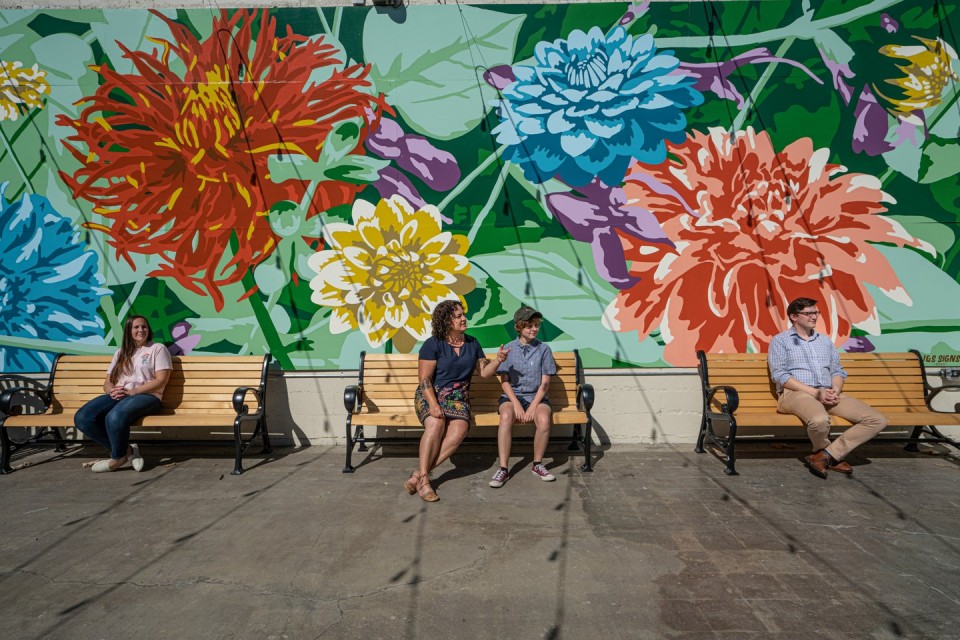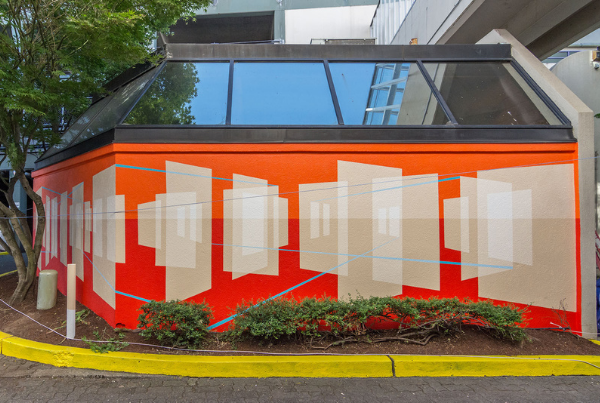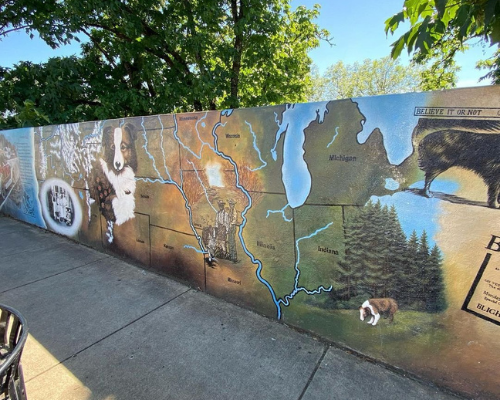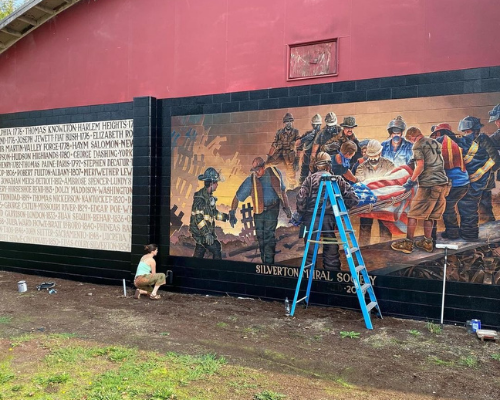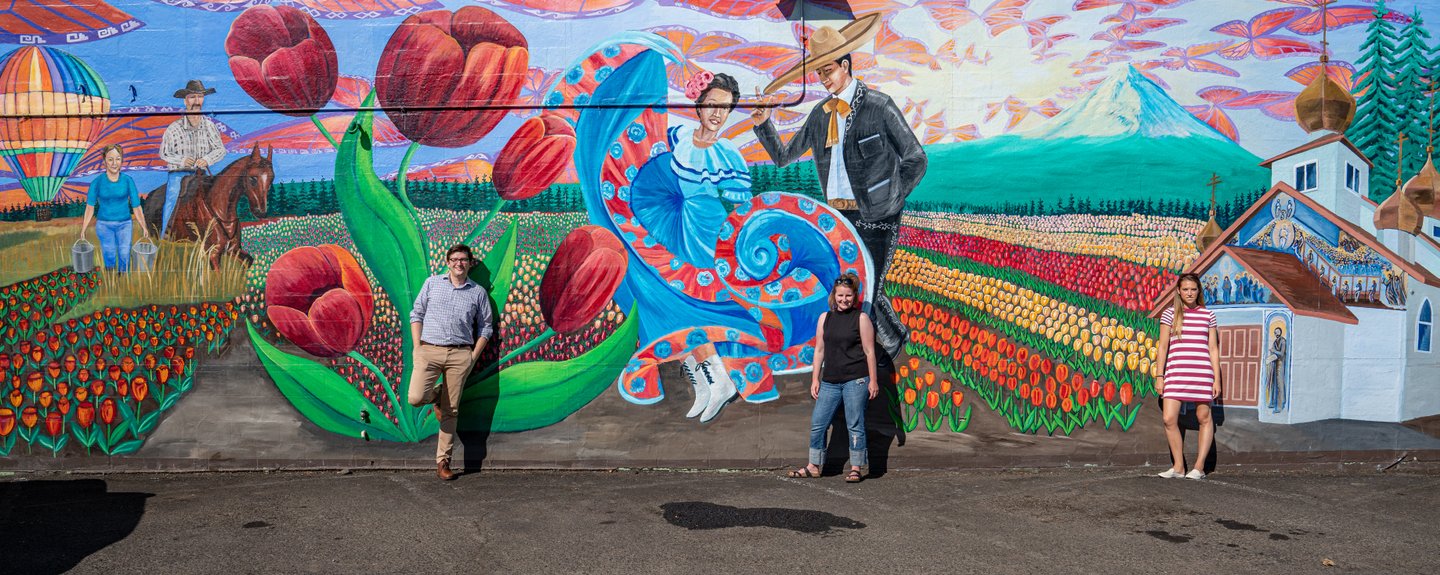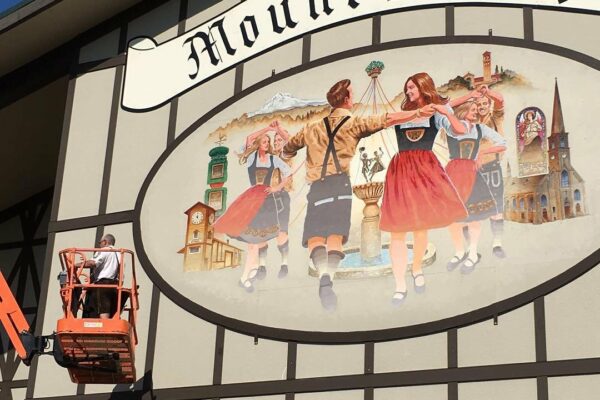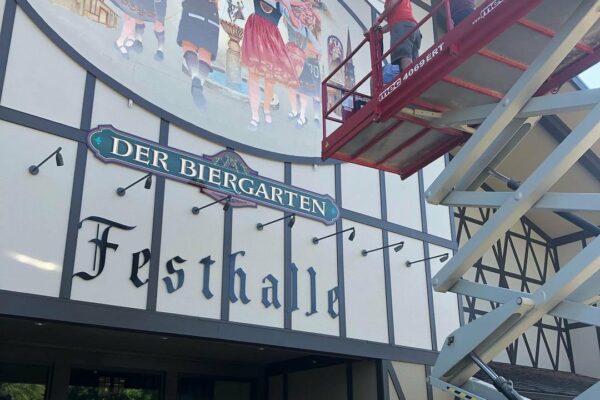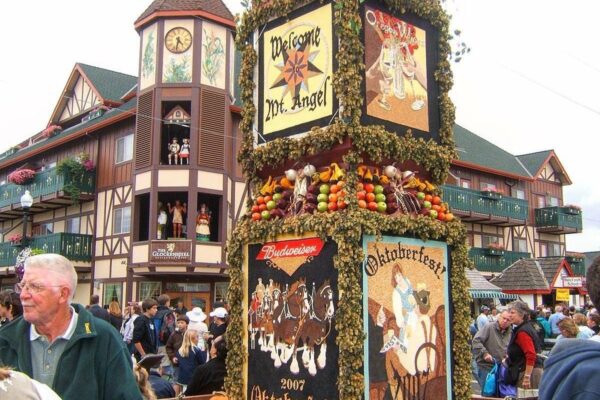The Mid-Willamette Valley is home to a rich history – find out where it’s captured through local murals.
The Mid-Willamette Valley is home to a rich history, natural and otherwise: The Kalapuya have spent millennia fishing, hunting, and gathering in the region; generations of farmers have tilled the region’s fertile soils; and our outdoor ecosystems display a natural beauty unlike anywhere else in Oregon.
Much of that history, stretching back thousands of years, has been captured on splashy murals throughout the mid-Willamette Valley; from the bustling downtown core in Salem to some of the area’s quieter communities, the region’s pioneering past and exciting present have taken center stage in a variety of colorful, creative presentations.
And Norm English, president of the Silverton Mural Society, thinks that’s a history with preserving, sharing, and celebrating. “It’s important to know where we’ve been and how we got here,” he says.
So if you’d like to see some of the area’s murals, here’s where to go, what to watch for – and what makes each mural (or collection of murals) so special.

